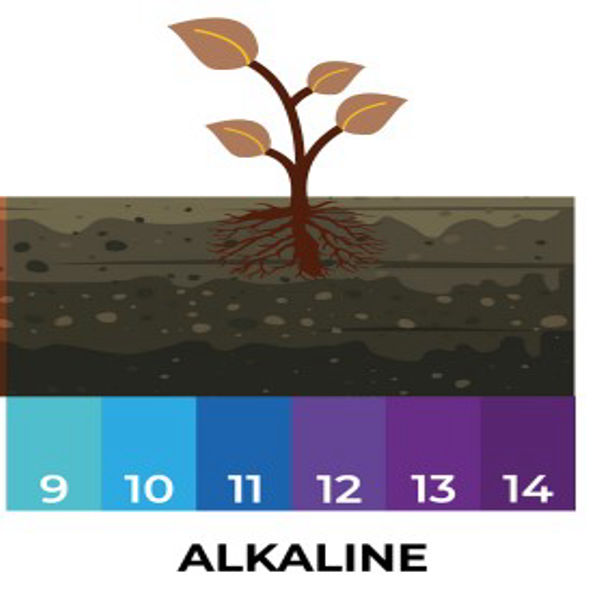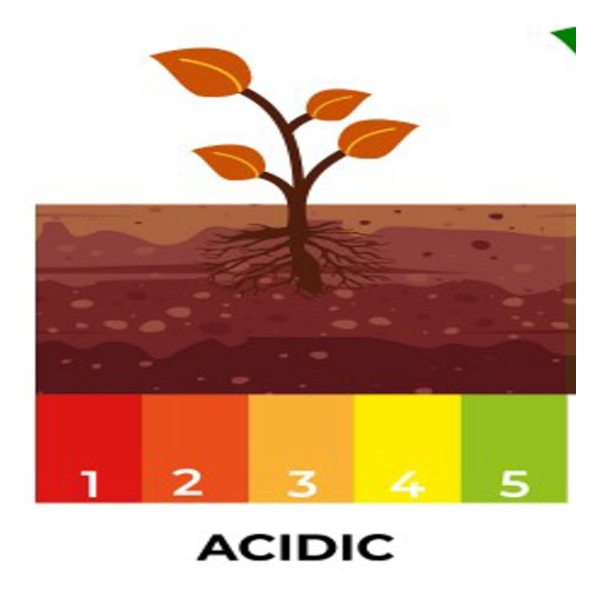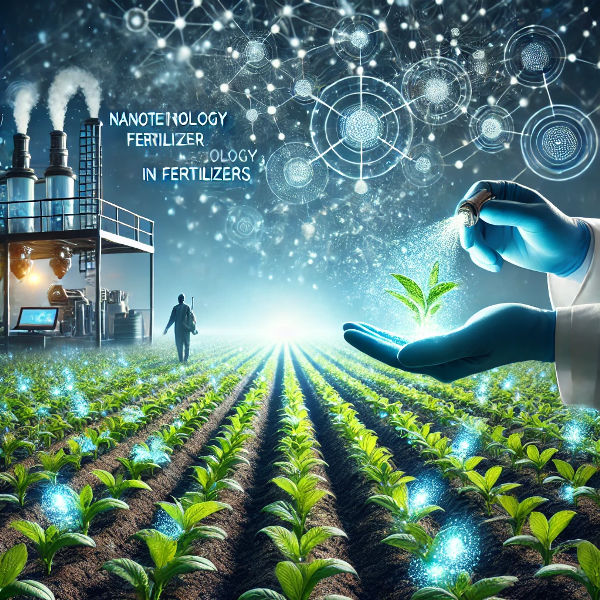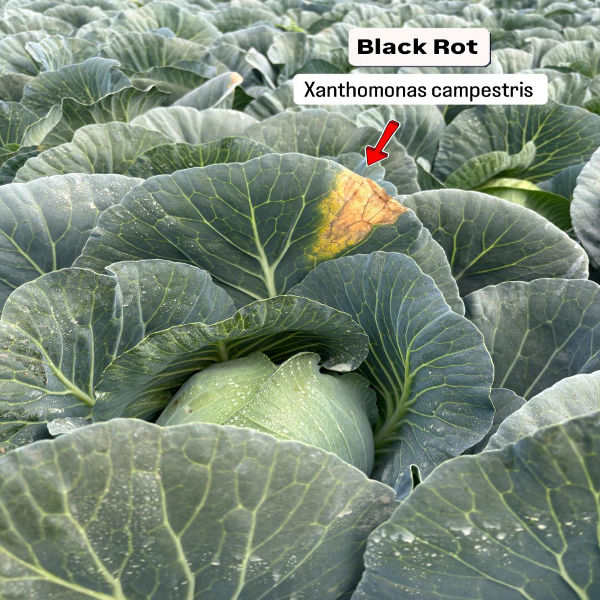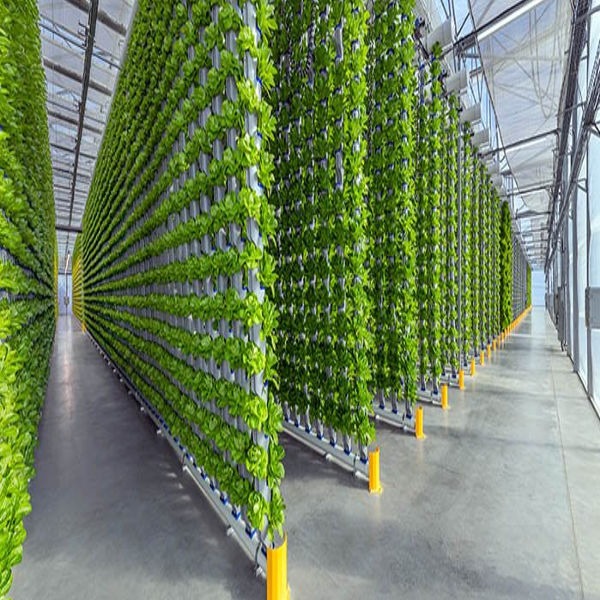
What is Vertical Farming?
Vertical farming is an innovative agricultural method where crops are grown in stacked layers, typically in controlled indoor environments. This farming technique optimizes limited space and can be implemented in urban areas, making it an ideal solution for addressing the challenges of urbanization and increasing population.
Key Features of Vertical Farming:
1. Stacked Layers: Crops are grown in vertically stacked layers, often inside greenhouses or specially designed buildings.
2. Controlled Environment: The growing conditions such as temperature, humidity, light, and water are carefully controlled, using technologies like hydroponics (growing plants without soil), aeroponics (growing plants in air/mist environments), or aquaponics (integrating fish farming with plant growth).
3. Resource Efficiency: Vertical farming uses significantly less land and water compared to traditional farming. With less space required, crops can be grown more densely and efficiently.
4. Year-Round Production: Since the environment is controlled, vertical farms can produce crops year-round, without being affected by seasonal changes or extreme weather conditions.
Benefits of Vertical Farming:
• Space Efficiency: It allows for farming in areas where land is scarce, like cities, rooftops, and indoors.
• Water Conservation: Vertical farms typically use hydroponic systems that use up to 90% less water than traditional farming.
• Higher Yields: By stacking crops, farmers can produce more per square foot compared to traditional methods.
• Less Pesticides: With a controlled environment, the need for pesticides and herbicides is reduced, resulting in cleaner and safer produce
Keywords
traditional farming
water compared
safer produce
reduced resulting
controlled environment
traditional methods
hydroponic systems
cities rooftops
inside greenhouses
ideal solution
airmist environments
carefully controlled
growing conditions
produce crops yearround
urban areas making
controlled indoor environments
square foot compared
stacking crops farmers
controlled vertical farms
space required crops
hydroponics growing plants
temperature humidity light
vertically stacked layers
stacked layers typically
innovative agricultural method
